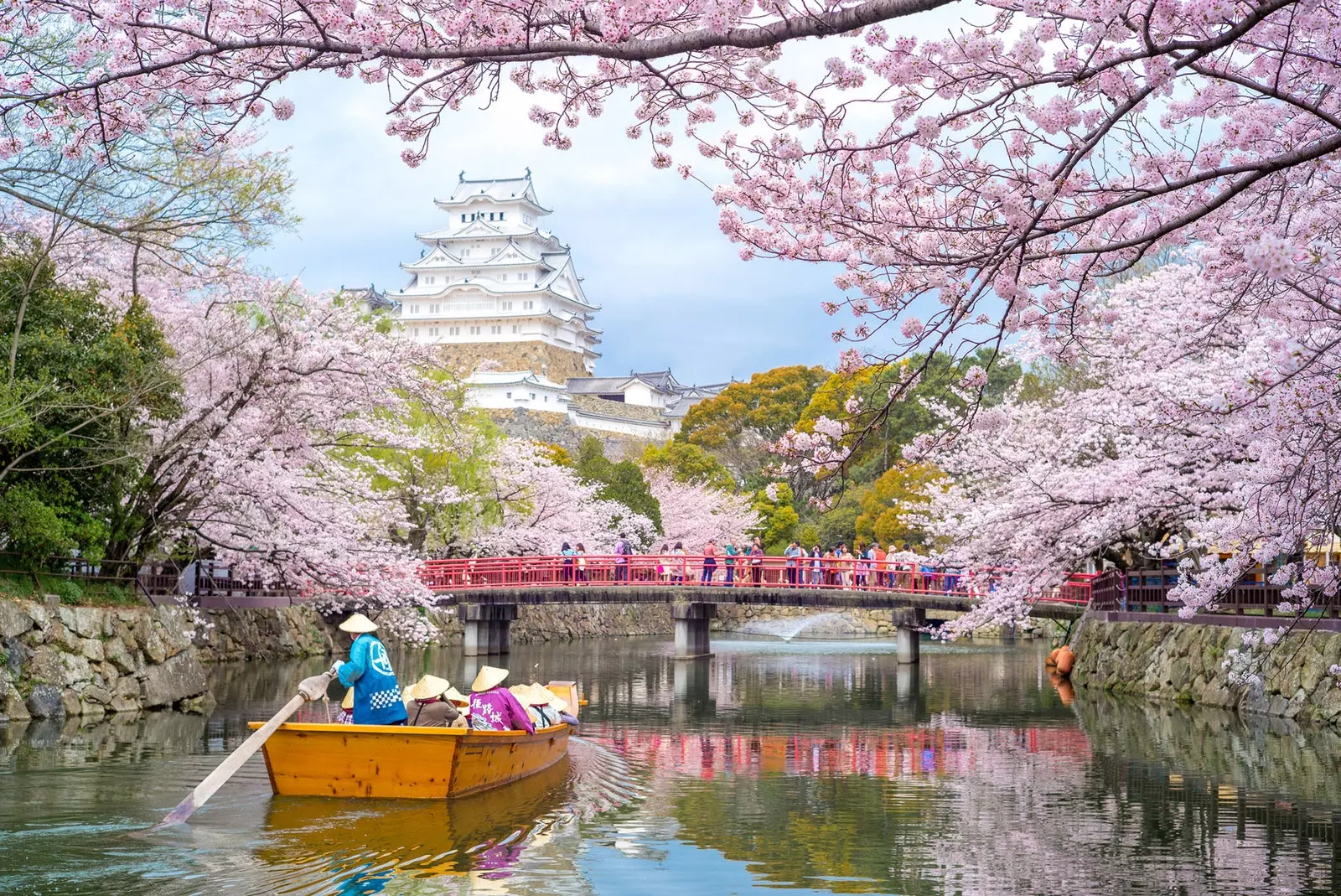
If there is an image that represents Japan, that is its cherry blossoms
The Japanese are very proud of having four distinct seasons and, although autumn, winter and summer have their singular beauty, if there is an image that represents Japan , that is, without a doubt, the pink blanket that covers its parks and mountains every spring.
The cherry trees, or sakura 桜 in Japanese, are responsible for the fact that each year, for a very short period of time, Japan is dyed that characteristic pink.
And the Japanese, as good lovers of beauty, celebrate each season the arrival of these beautiful flowers in a festival known as Hanami , which literally translates as "look at the flowers"
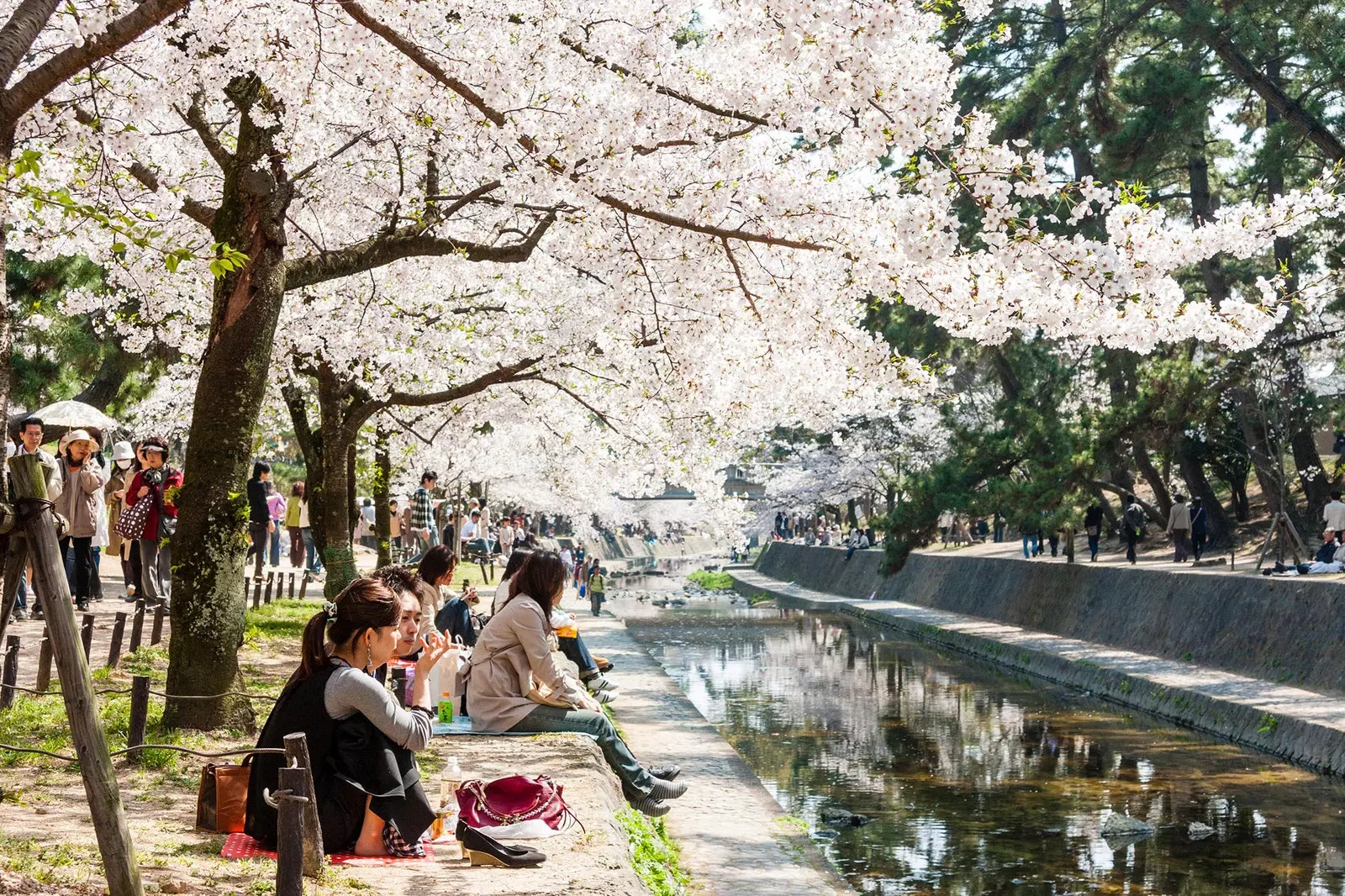
When looking at flowers becomes a tradition
But why and how did this particular tradition start? The importance of the sakura goes back centuries, when the flowering of these trees marked the beginning of spring and, therefore, warned of the ideal time to plant rice , crucial food for the first inhabitants of this country.
During this time, cherry trees were seen as sacred beings and the souls of the mountain gods were believed to nest within them.
For this reason, farmers revered these trees and believed that when the pink sakura flowers were in full bloom, it was when the gods went down to the villages and turned them into rice paddies to help rice production. The history of hanami was born, therefore, from a religious tradition.
However, it would not be until Nara period (710-784) when this custom began to transform into the festivity without religious connotations that it is today.
Although many Japanese people would have a hard time admitting it today, the tradition is believed to come from China, specifically from the custom of the Tang dynasty of look at the plum blossoms. For this reason, hanami was originally particularly famous among the upper classes of society, as it related to the emperors.
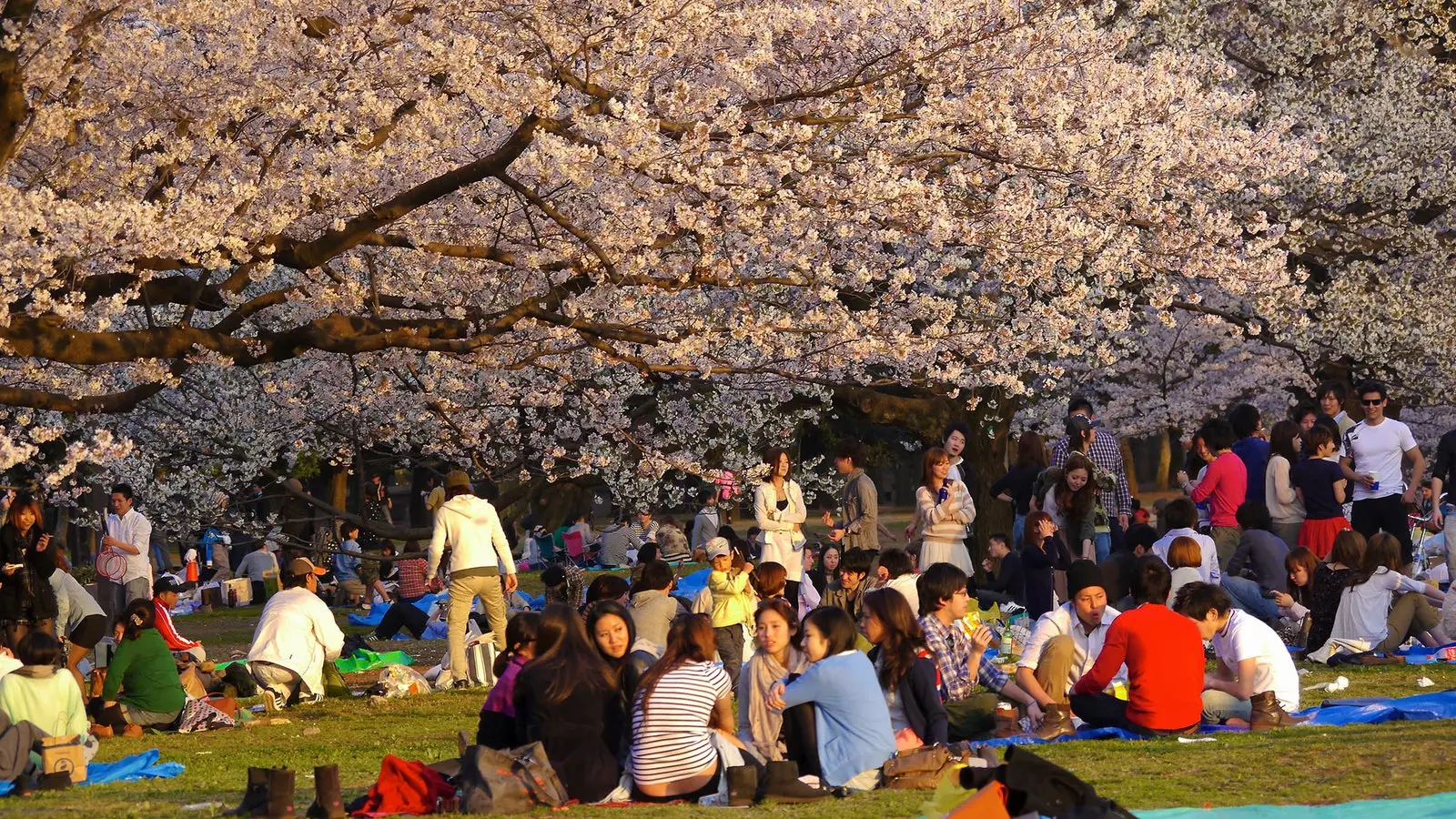
The party of the spring
During the heian era (794-1192), the sakura flower became a unique symbol of the Japanese country and the hanami ended up being related to the observation of the cherry blossoms exclusively , due to Japan's attempts to differentiate itself from the rest of Asia and thanks to the mentions of the sakura tree in one of the greatest classics of Japanese literature, Genji Monogatari, and in the haiku and waka poems, widely read at the time.
What the Japanese particularly loved about her was its beauty and the tremendous ephemerality of its existence (just a couple of weeks a year) . Thus, this pink flower with delicate petals was making its way among all social classes as unique symbol of japan.
With the arrival of samurai Class, the short life of the sakura flowers gained even more notoriety, being closely related to bushido, or the way of the samurai, which, among other things, speaks of sepukku or harakiri as the noblest death of a warrior: die with dignity, committing suicide, when life is still in all its splendor.
So do the cherry trees, allowing its flowers fall in a kind of delicate rain of petals , without letting them rot attached to its branches.
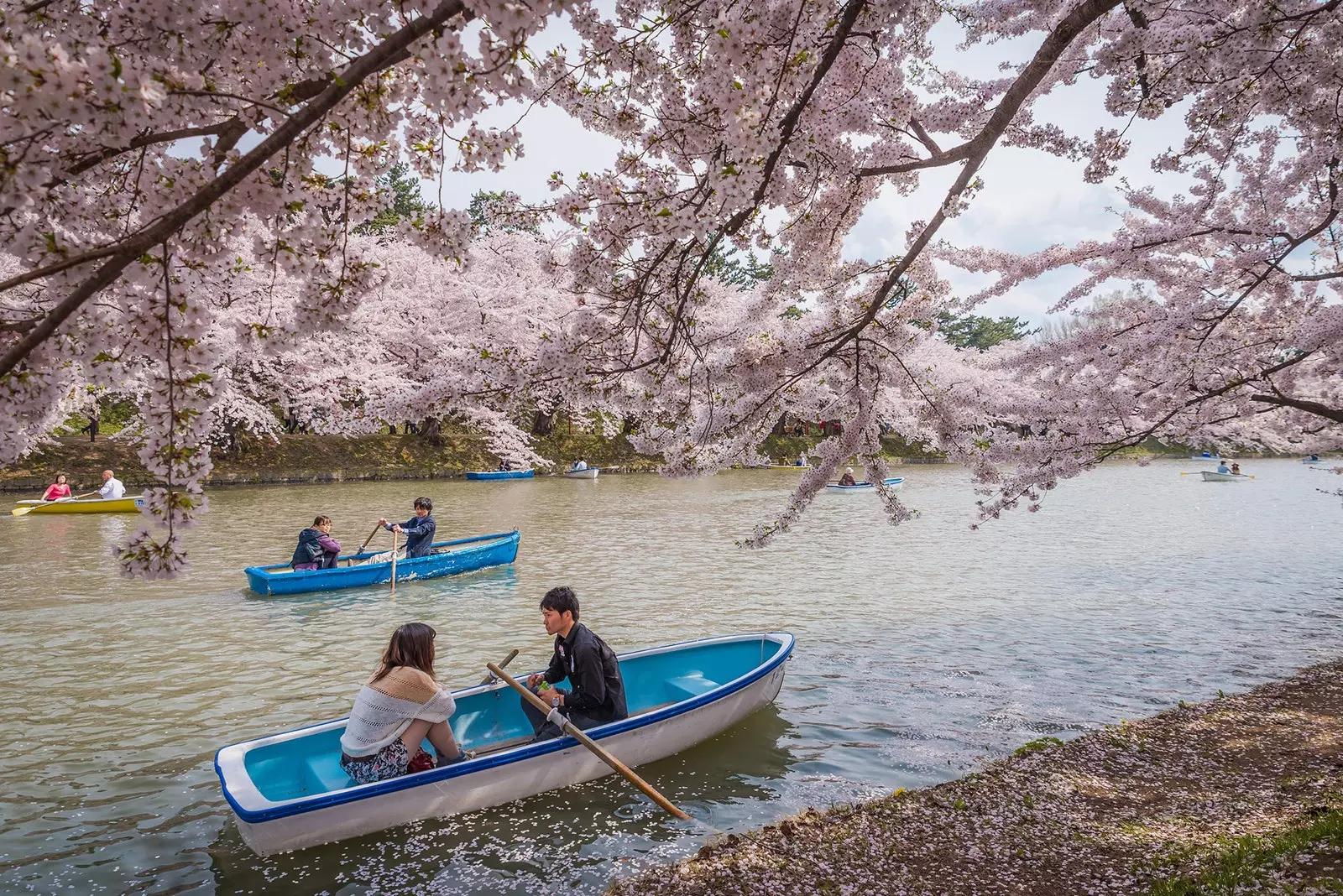
In parks, gardens, mountains or even rivers
Legend even says that the sakura blossoms were white at first, but they were dyed pink when mixed with the blood of all the samurai who committed seppuku next to these trees, as an attempt to see beauty one last time before they die.
During the Azuchi–Momoyama period (1568-1600), the custom of celebrating the sakura blossom under the trees themselves gained fame due to the festivities of Emperor Toyotomi Hideyoshi.
Although at first it was still a festival reserved almost exclusively for the aristocracy, little by little it spread to all strata of society , although the lower classes tended to go to the mountains to gaze at the cherry trees.
With the arrival of Edo period (1600-1867), the lower classes already participated in the urban festivals of hanami, thanks to the fact that the The emperors began to plant cherry trees in the different parks of the cities largest in Japan, such as in Tokyo, in Ueno Park; or in Kyoto, on the banks of the Kamo River, to encourage the custom among the most popular classes.
This attempt by the Japanese empire to convert the hanami in an annual tradition it paid off.
At present, each new flowering season, thousands of Japanese gather under the cherry trees, in parks, gardens or mountains and enjoy a picnic surrounded by sakura, while a shower of delicate flowers turns everything pink.
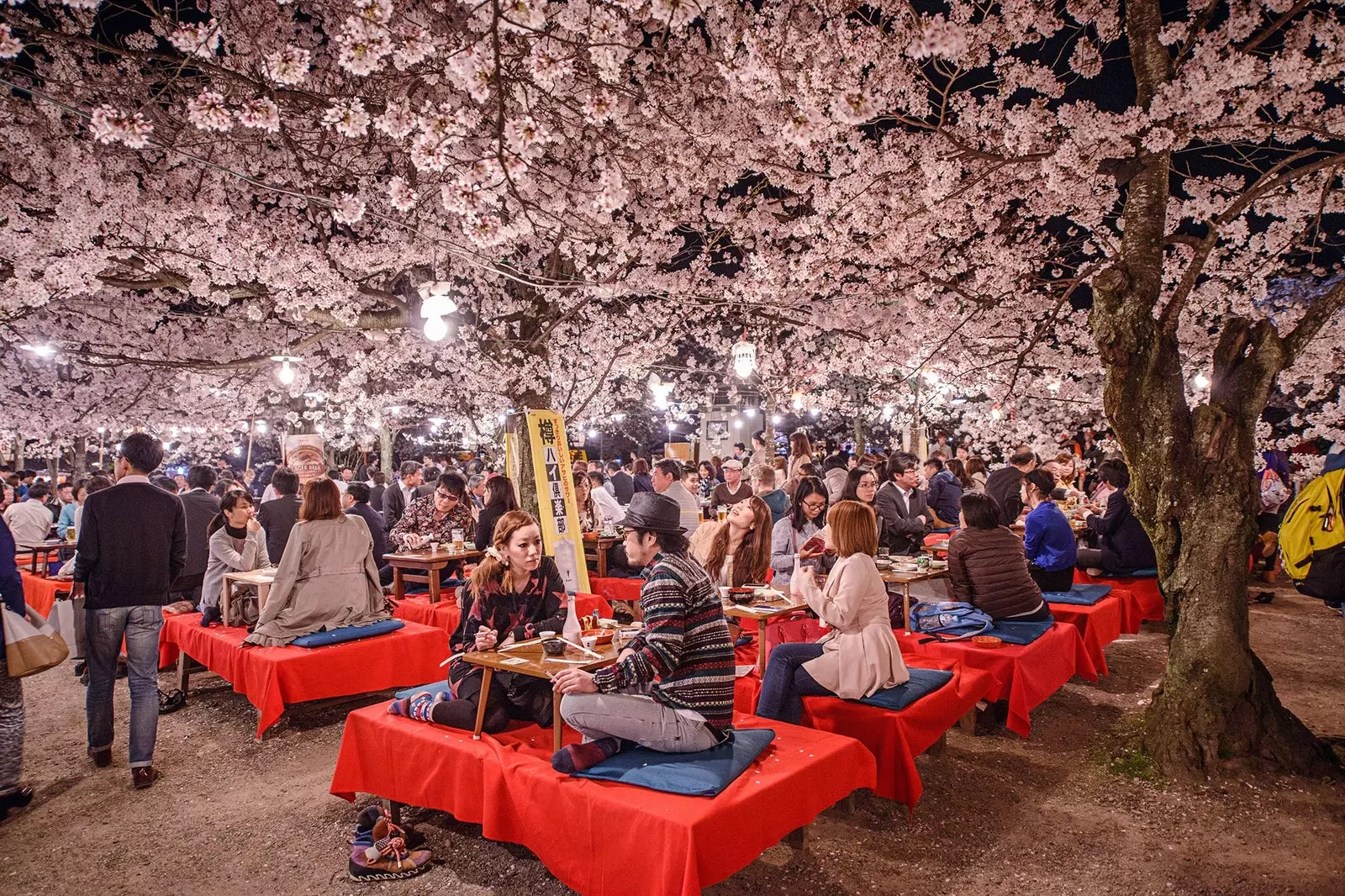
Food and alcohol have added to the celebration
Now with the possibility of bringing food and alcohol to these celebrations, hanami has become an authentic party that can last until late at night (When the sun goes down, cherry blossom viewing is called yozakura , a combination of the kanji for sakura and for night) .
Some say that hanami is losing its ancient essence of contemplation and respect for flowers due to the more festive air that surrounds it today, however, there is no doubt that enjoying this Japanese custom is still a unique and spectacular experience that everyone should live once in a lifetime.
After all, along with Mount Fuji, the sakura trees remain one of the most international symbols of Japan.
So now you know, take your basket, prepare some sandwiches, buy your favorite drink and reserve a place under one of these spectacular trees.
We promise that you will not regret it and that the beauty of cherry trees in bloom it will overwhelm you as much as you imagine.
And remember, sakura are almost sacred trees in japan , so treat them like sleeping gods covered in a pink cloak.
From Okinawa to Hokkaido, passing through Himeji, the Philosopher's Walk in Kyoto or Mount Yoshino in Nara, these are our essential places.
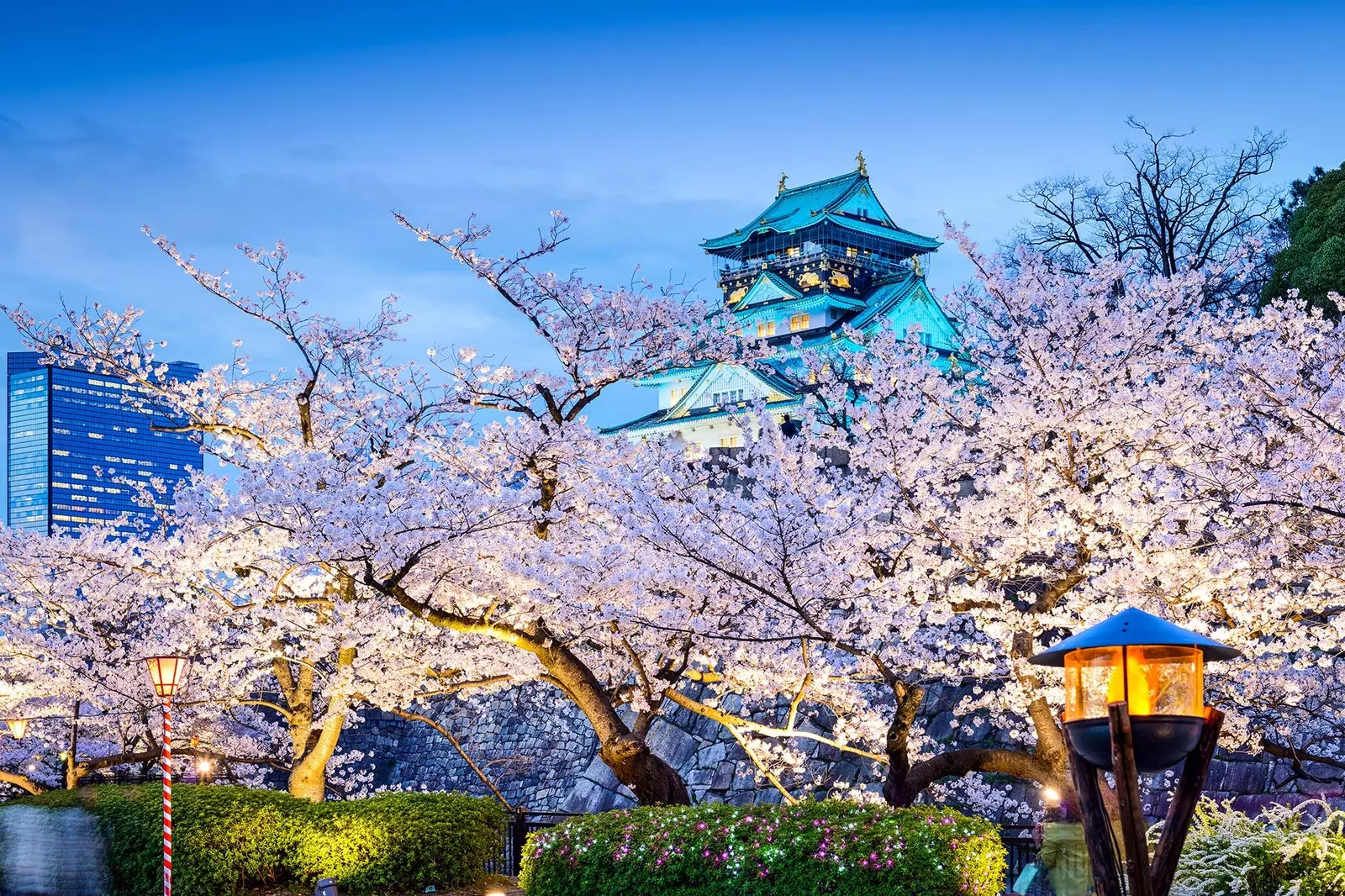
'Yozakura', watching the cherry blossoms when the sun goes down
